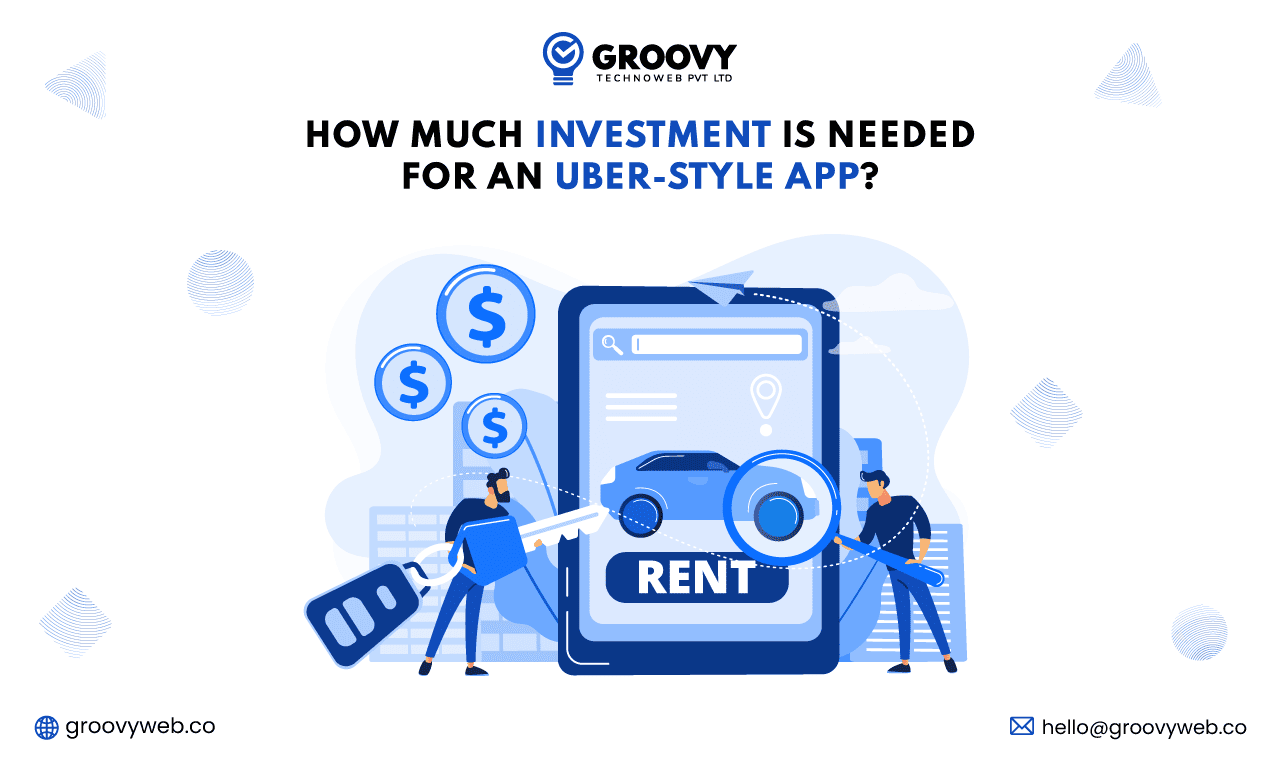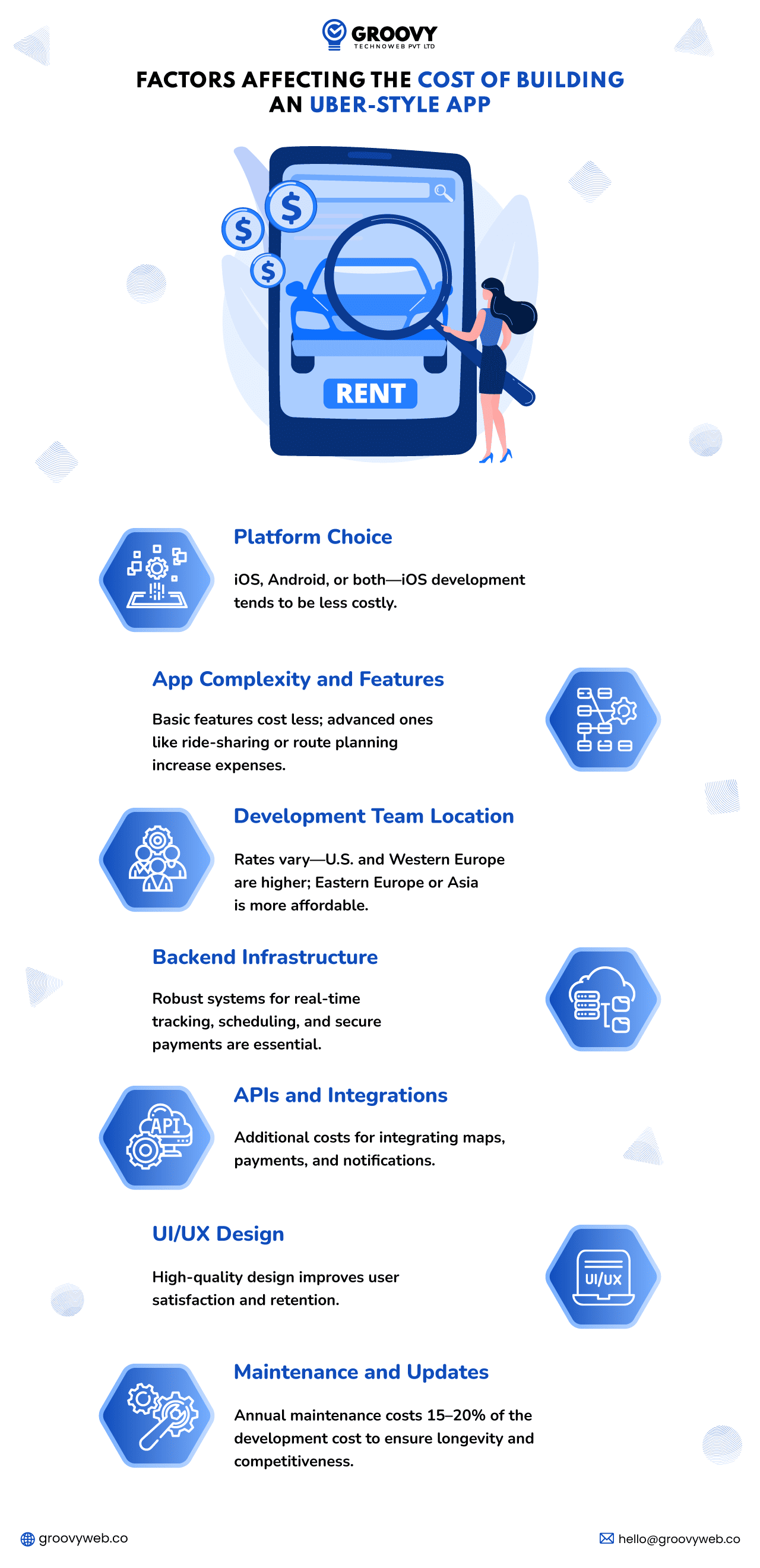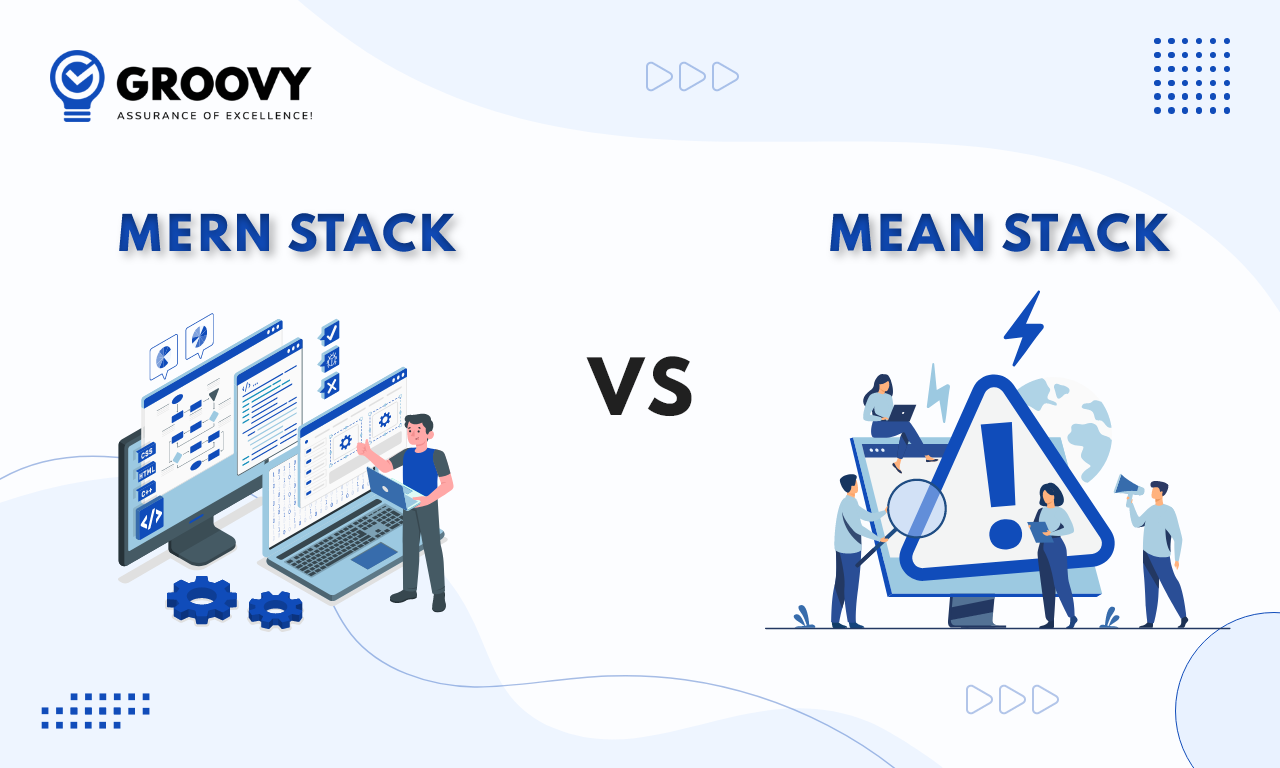How Much Investment Is Needed for an Uber-Style App?
Rahul Motwani
December 24, 2024 313 Views
Quick Summary : Creating an Uber-style app requires careful consideration of several factors, including app platform, features, and design complexity. The investment covers development, backend infrastructure, and integration of core functionalities like GPS, payment systems, and real-time tracking. Additionally, ongoing expenses for maintenance, marketing, and legal compliance should be factored into the overall investment. Understanding the financial needs at each stage of development is crucial for a successful app launch and future growth.
Designing an Uber Style app is an important project that needs careful planning, skilled development of tea, and proper budget planning. As the demand for the economy grows, apps like Uber will become highly attractive to investors and entrepreneurs. So, knowing the cost of developing an app for an iOS or Android version with similar features is crucial for planning. So, with this article’s help, one will know approximately how much investment is needed to build an Uber-like app, which highlights all the essential costs involved and what factors impact those costs.
What Affects the Cost of Building an Uber-Style App?
The cost of developing an Uber-style app can vary greatly depending on several factors. Here are some of the most important ones to consider

Platform Choice
Deciding whether you want the app to run on iOS, Android, or both can significantly impact the overall cost. Developing for both platforms will be more expensive, while opting for one can help keep costs under control. Generally, iOS app development is less costly because Android has fewer device variations.
App Complexity and Features
The more complex the app, the more expensive it will be. A simple app with basic features like booking and tracking will be cheaper to develop than a complex one with extras such as ride-sharing, loyalty rewards, or advanced route planning. More complicated features require additional development time, resources, and testing to ensure everything works properly. Each extra feature adds complexity, requiring more work from designers, developers, and testers. Additionally, maintaining these advanced features over time can also increase ongoing costs. So, choosing features that align with your goals and budget is essential.
Development Team Location
Developer rates vary widely by region, with developers in the U.S. or Western Europe often charging more than in other parts of the world. However, cost alone should not be the only factor in deciding. Choose a team with experience with similar projects, as they may better understand your needs and deliver high-quality results. Developers with expertise in custom web solutions or specific app functionalities can also add much value. Finding the right balance between cost and knowledge can greatly impact an app project’s success.
Backend Infrastructure
Building an Uber-style app requires a robust backend infrastructure to manage data-intensive features like real-time tracking, ride scheduling, and payment processing. A strong backend ensures smooth performance, even when there is a high volume of users or data. Investing in reliable databases and backend services is crucial to ensure data consistency, secure transactions, and fast response times, which create a seamless user experience. Using scalable cloud services can help the app handle sudden spikes in demand, supporting steady performance as the user base grows. Prioritizing backend quality can save costs and headaches in the long run.
APIs and Integrations
APIs, which stand for Application Programming Interfaces, help to connect the app with other services such as maps, payment gateways, and SMS notifications. These integrations add convenience for developers and speed up development, but this comes with additional costs.
UI/UX Design
A clear, intuitive UI/UX mobile design can greatly improve user satisfaction and retention, both essential for a high-demand app. While professional design work might cost more initially, it will significantly enhance the overall user experience, making the app easier to navigate and more enjoyable. Investing in quality design helps reduce user frustration, increases positive engagement, and encourages users to return, which is valuable for long-term app success.
Maintenance and Updates
Once the app is up and running, regular maintenance will be required to fix bugs, improve performance, and add new features that keep users busy. This support is crucial for maintaining the app’s current competitiveness, ensuring users have a smooth and reliable experience. This maintenance costs 15-20 percent of the original development cost each year. While it might seem like an added expense, consistent updates and improvements can help prevent issues, retain users, and increase the app’s lifespan. Investing in ongoing support is essential for sustaining the app’s success.
What Features Are Needed in an Uber Style App?
Apps like Uber usually have three main parts: the passenger app, the driver app, and the admin panel. Each part has its own set of features, and they all add up to the total development cost.

Passenger App Features:
| Feature | Description | Estimated Cost |
| User Registration/Login | Provides secure sign-in options like social media or email. | $2,000 – $3,000 |
| Booking and Tracking | Enables ride booking and live tracking features. | $6,000 – $8,000 |
| Payment Integration | Allows payments via credit cards, mobile wallets, or cash. | $3,000 – $5,000 |
| Notifications | Sends alerts about ride status through push notifications or SMS. | $2,500 – $4,000 |
| Ratings and Reviews | Collects user feedback for rides. | $1,500 – $2,500 |
| Registration and Verification | Ensures security with identity verification checks. | $3,000 |
| Route Navigation | Integrates maps for seamless navigation. | $4,000 – $5,500 |
| Earnings Dashboard | Allows drivers to track their earnings. | $2,000 – $3,500 |
| Admin Dashboard | Manages rides, payments, and users from a central interface. | $5,000 – $7,000 |
| User and Driver Management | Supports control and management of user and driver accounts. | Up to $4,000 |
Research and Planning: 2-4 weeks
UI/UX Design: 4-6 weeks
Development (Frontend and Backend): 10-15 weeks
Testing and Quality Assurance: 3-4 weeks
Launch and Deployment: 1-2 weeks
Is Investing in an Uber-Style App Worth It?
Investment in an Uber-style app can be beneficial, especially with the rising demand for upcoming services. Beyond ride-hailing hailing, similar apps are used in logistics, food delivery, healthcare, and many other fields. By partnering with a skilled team offering IT services, digital transformation support, and custom web solutions, businesses can launch a high-quality app tailored to their needs.
How to Optimize the Development Investment
There are some ways to keep development costs in check without compromising quality.
Start with an MVP, which means Minimum Viable Product: Focus on the core features, like booking, tracking, and payment options, and leave additional features for later use.
- Choose Cost-Effective Developers: Working with developers from regions with lower rates and also ensuring that they have relevant experience so that it can reduce expenses.
- Leverage Third-Party APIs: Instead of building everything from scratch, use reliable APIs for essential features such as maps and payment processing to speed up development.
Additional Resources for Learning More. If one wants to build an Uber-style app or wants to dive deeply into app development, here are some available helpful resources
- Digital Transformation in the Taxi Industry: This includes learning how mobile technology changes the taxi and transport industry.
- Custom Web Solutions for Upcoming Demanding Apps Understand the benefits of custom web solutions for building scalable and feature-rich apps.
- Best Practices for Mobile App Development: Explore the essential steps and considerations to create a mobile app successfully.
Some of the Diagrams Are Used for Easy Understanding
- App Flow Diagram: Show the connection between user, driver, and admin features that help visualize the app structure.
- Cost Distribution Pie Chart: It displays how the development costs break down by feature, including UI/UX, backend, APIs, etc.
- Revenue Streams Diagram: It highlights the potential of revenue sources for an Uber-like app, such as ride fares in-app ads and partnerships.
Does It Cost to Build Apps Like Uber?
Building an Uber-style app requires a significant investment, but with good planning and an experienced development team, it can bring great returns. The cost to create an app like Uber varies based on platform features, team location, and many other factors. By focusing on essential features, leveraging IT services and digital transformation tools, and maintaining a realistic budget, one can launch a demanding app that meets industry standards and satisfies user needs. With careful planning and investment, one can plan an Uber-style app that can thrive in today’s competitive and demanding market.
Finally, one has to remember that building a successful app involves careful choices in several areas. Selecting the right platform, designing a user-friendly interface, and setting up a strong backend are all essential steps. Each choice impacts both the quality and cost of the app.
Investing in good design improves the user experience and helps keep users engaged. Hiring experienced developers, even if they cost a bit more, often leads to a smoother, higher-quality app. Once your app is live, regular updates and maintenance are necessary to keep it running well and add new features. This continued support usually costs around 15-20 percent of the original development cost each year but is key to keeping users satisfied.
In short, successful app development means planning for quality at every stage. By investing wisely in design, development, and maintenance, one sets up the app to perform well and attract loyal users. With the right approach, your investment will lead to a strong, competitive app that users enjoy.
Written by: Rahul Motwani
Rahul Motwani is an experienced Project Manager with a demonstrated history of working in the information technology and services industry. He started his career as a Backend developer and currently has his hands-on managing projects at Groovy Web. He is a strong program and project management professional with a Bachelor's degree focused on Computer Application.
Frequently Asked Questions
We hope these clear your doubts, but if you still have any questions, then feel free to write us on hello@groovyweb.coWhat factors influence the cost of building an Uber-style app?
Key factors include app complexity, the number of platforms (Android/iOS), desired features (ride tracking, payment integration), app design, backend infrastructure, and development team location. Custom features and multi-language support may further increase the cost.
Is the development cost different for a basic vs advanced Uber-style app?
Yes, a basic Uber-style app with essential features like ride booking and payments will cost less than an advanced version with features like real-time tracking, driver ratings, ridesharing, and in-app messaging. A more feature-rich app requires more development time and resources.
Are there ongoing costs after the app is built?
Yes, ongoing costs include app maintenance, server costs, payment gateway fees, marketing, and updates. Planning for these expenses is essential to keep the app running smoothly and attract new users.
Can I reduce the investment by outsourcing app development?
Outsourcing app development to countries with lower labor costs can help reduce overall expenses. However, it's essential to ensure quality and reliability. Collaborating with an experienced app development team can help you create an Uber-style app without compromising functionality and user experience.
Related Blog

Rahul Motwani
How Much Does It Cost of a Telemedicine App?
Mobile App Development 21 Feb 2025 10 min read
Sagar Patel
MERN stack vs MEAN stack: Detailed Comparison
Web App Development 18 Mar 2025 12 min readSign up for the free Newsletter
For exclusive strategies not found on the blog
